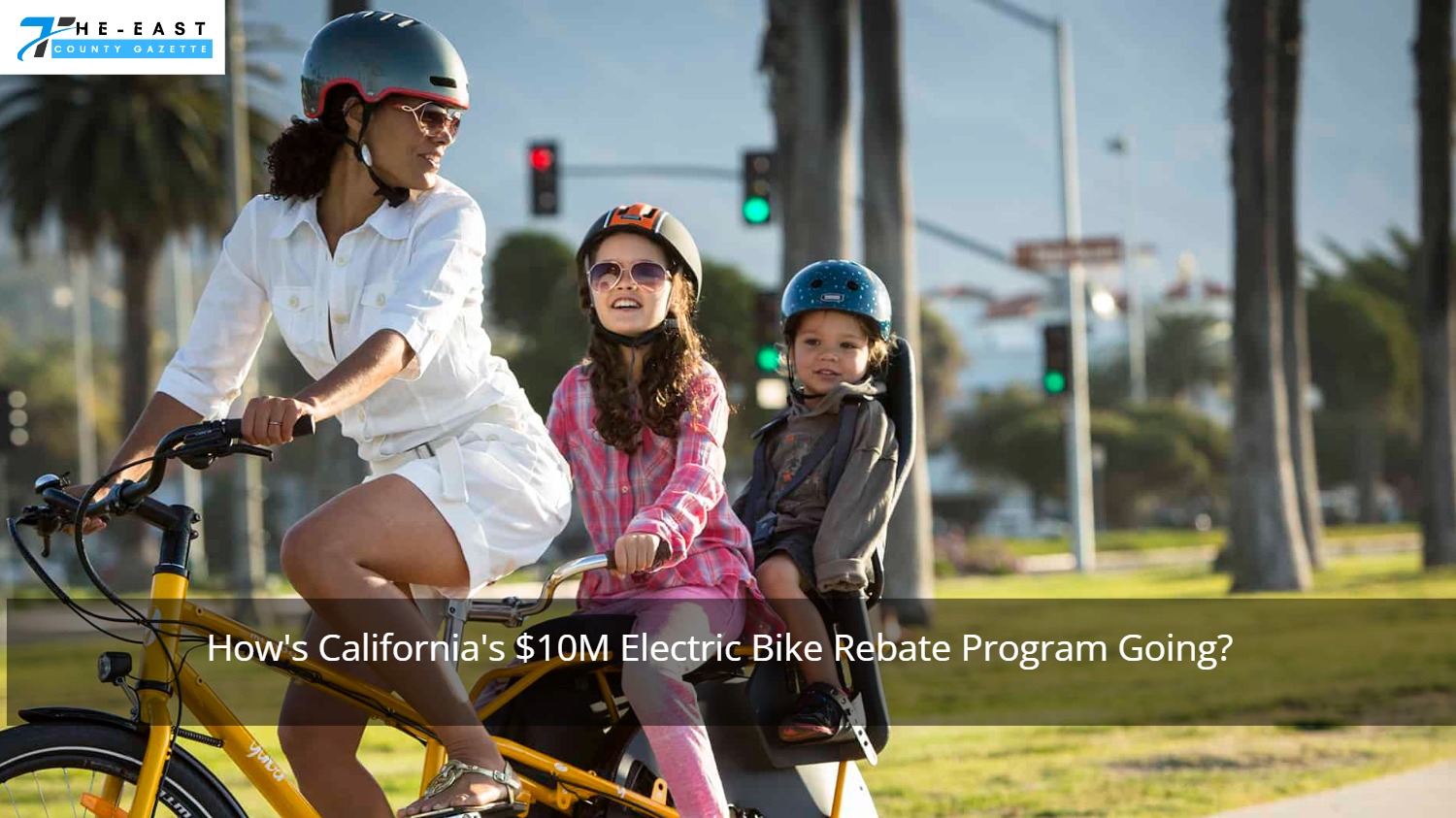Electric bike rebates cost $10 million in California. But hold on there; it’s not operational quite yet. The measure is part of a years-long attempt to cut the price of pricey electric bicycles for state residents. to help commuters move from cars to e-bikes.
The vast list of advantages makes logical sense. Electric bikes address many of the issues that plague California (and the rest of the country), from cleaner air to less traffic to improved health and fitness.
Creating Statewide Incentive Scheme
California has designated nearly $1 billion this year as incentives for electric vehicles and charging infrastructure, according to Streetsblog. That’s in addition to the billions previously poured into electric vehicle incentives.

Also read: Proposed Chicago Ordinance Governs Installation of Electric Vehicle Chargers
California’s S.B. 400, which allowed electric bikes to be included in future clean air vehicle incentive programmes, finally garnered legislators’ attention in 2019.
That laid the groundwork for the prospect of statewide e-bike rebate schemes, but it didn’t actually establish any.
California added $10 million to its state budget for an e-bike rebate programme last year. As Assemblymember Boerner Horvath noted at the time, “Making e-bikes more accessible is one of the most effective methods to get Californians out of their vehicles and decrease pollution.”
Another big Step Forward, But No Software Yet
That’s planned to begin in early 2023, with a number of critical parameters for California’s first statewide e-bike voucher programme already spelled out.
The California Bicycle Association said the initiative will provide $750 vouchers for basic electric bikes and $1,500 for cargo bikes. Low-income and disadvantaged people will get extra incentives.
But in order to get the voucher, a person’s household income must be less than 400% of the FPL, which, according to current estimates, is $51,000 for a single person and $106,000 for a family of four.

The programme will cover Class 1 electric bikes (pedal assist up to 20 mph or 32 km/h) and Class 2 electric bikes (pedal assist and/or throttle up to 20 mph or 32 km/h), but will not include Class 3 e-bikes (pedal assist up to 28 mph).
Qualifying bikes must also either be bought at a local bike store in California or online from a corporation that has “a business location in California.”
California may join other states with electric bike subsidies. Vermont launched the first US e-bike rebate program. New York and Oregon are also trying to pass e-bike incentive laws.
Local initiatives, like Denver’s, are frequently funded far less than statewide ones.

